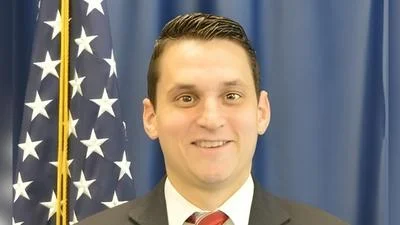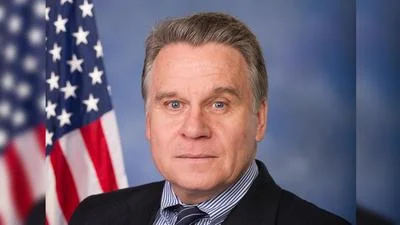The Congressional Record is a unique source of public documentation. It started in 1873, documenting nearly all the major and minor policies being discussed and debated.
“WORLD AIDS DAY” mentioning the U.S. Dept of State was published in the House of Representatives section on pages H14136-H14137 on Dec. 4, 2007.
The publication is reproduced in full below:
WORLD AIDS DAY
The SPEAKER pro tempore. Under a previous order of the House, the gentleman from New Jersey (Mr. Payne) is recognized for 5 minutes.
Mr. PAYNE. Madam Speaker, I rise in recognition of World AIDS Day 2007. As chairman of the Subcommittee on Africa and Global Health, the issue of HIV and AIDS is a particular matter of concern and importance to many of us. But it is an urgent and timely matter of global concern. It is urgent because HIV and AIDS, tuberculosis and malaria kill more than 6 million people a year.
Of the 33 million people living with AIDS today, 6 percent are children. Ninety percent of these children live in Africa, the continent least equipped to care and treat HIV-infected persons. Those numbers will increase if the world does not immediately step up efforts to halt the spread of AIDS.
The topic is extremely timely because the mandate of the President's emergency plan for HIV and AIDS, PEPFAR, expires in 2008. My colleagues and I on the House Committee on Foreign Affairs are in the midst of writing legislation to extend the PEPFAR program for another 5 years.
Congress and the President worked together to create PEPFAR in May of 2003. Now, a few short years later, according to the State Department's Office of Global AIDS Coordinator, over 800,000 people are receiving anti-retro medication in PEPFAR's 15 focus countries; 12 of those countries are in sub-Saharan Africa. Nearly 50,000 new patients join those receiving the life-saving therapy each month. We have indeed come a long way. However, the battle continues, and Congress must make decisions about how to expand and improve the program if we are to bring an end to this very terrible disease.
The biggest decision before us is how much money to devote to the program. The original legislation authorized $15 billion over 5 years. Congress actually appropriated over $19 billion over that time fighting HIV and AIDS abroad.
One year ago, I said in a speech in Nairobi, Kenya, on World AIDS Day last year that we should double PEPFAR funding. Several months later, to my surprise, I must say, President Bush also called on Congress to provide $30 billion to fight the disease over the next 5 years. After holding two hearings on the status of the pandemic, however, I do not believe that this will be enough. Analysts say that supporting universal access over the next 5 years will cost an estimated $213 billion, 70 percent of which donors are expected to pay.
If the United States shoulders its traditional share of the burden, it will cost us an estimated $49 billion, $10 billion a year for the next half decade to respond to the needs of those affected by HIV and AIDS. And this does not include the cost of malaria and tuberculosis programs. Not only are we falling short in terms of prevention and treatment of HIV and AIDS; we are not doing enough to address opportunistic diseases that kill people with AIDS, the deadliest of which is tuberculosis. In 2004, of the 9 million people who were newly infected with TB, 2 million died. However, TB is entirely curable.
And last year, the public became aware of an even greater threat, a new, more dangerous, multi-drug-resistant TB, MDR-TB strain, which is known as extensively drug resistant TB or XDR-TB. XDR-TB and its deadly linkage with HIV gained global recognition in August 6, 2006, with reports of an outbreak in a hospital in South Africa where 52 of 53 patients with HDR-TB died, half within a matter of 16 days.
Earlier this year I offered an amendment which passed in fiscal year 2008 Foreign Operations bill with $50 million additional funding to fight XDR-TB. I hope to work with our leaders to see additional funding next year.
The statistics about HIV and AIDS may seem overwhelming and the problem insurmountable, but it is not. We can bring an end to this pandemic if we work together.
____________________








